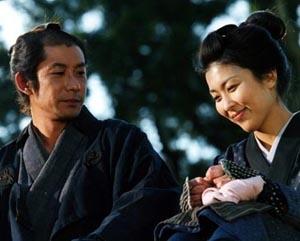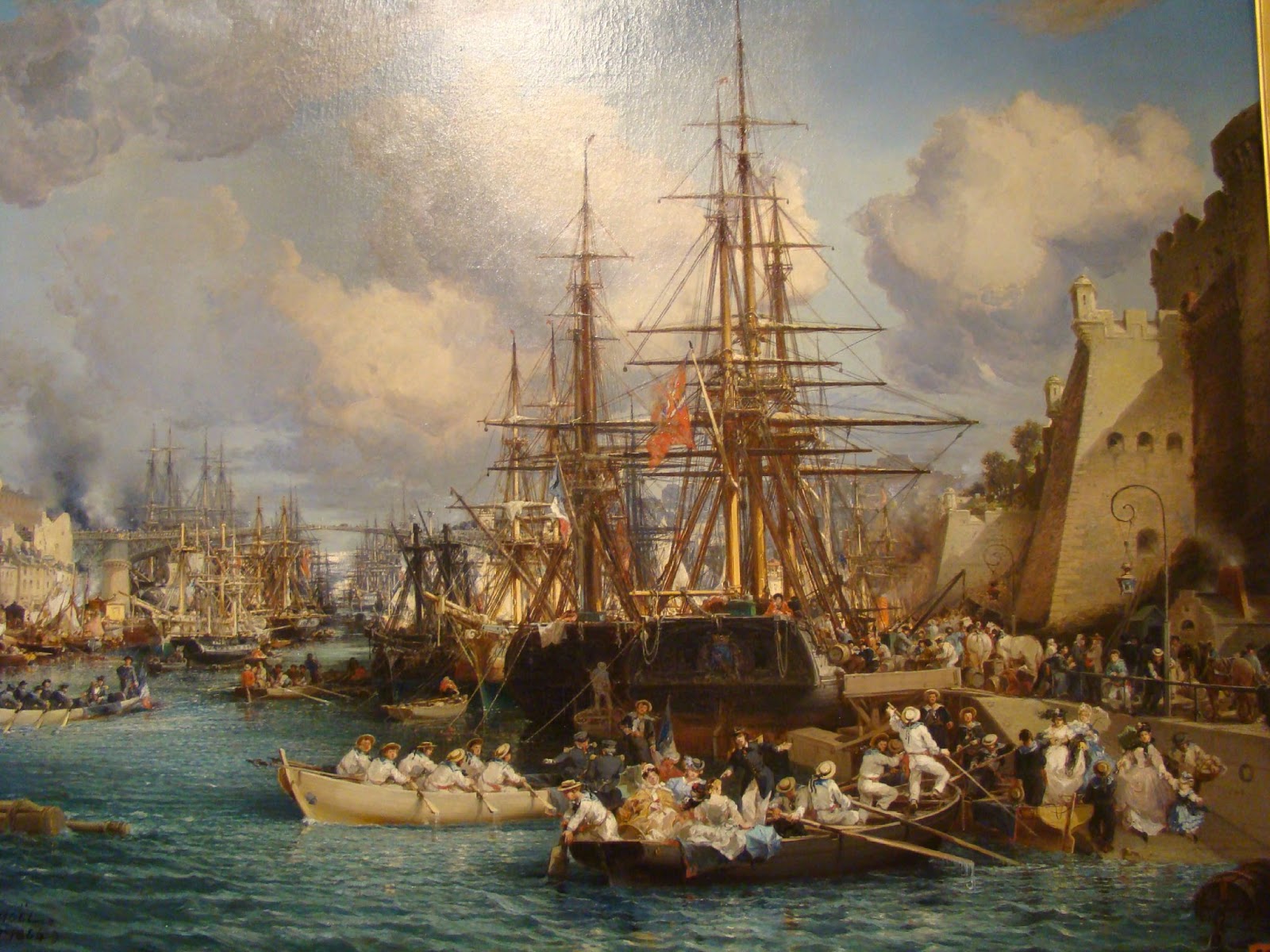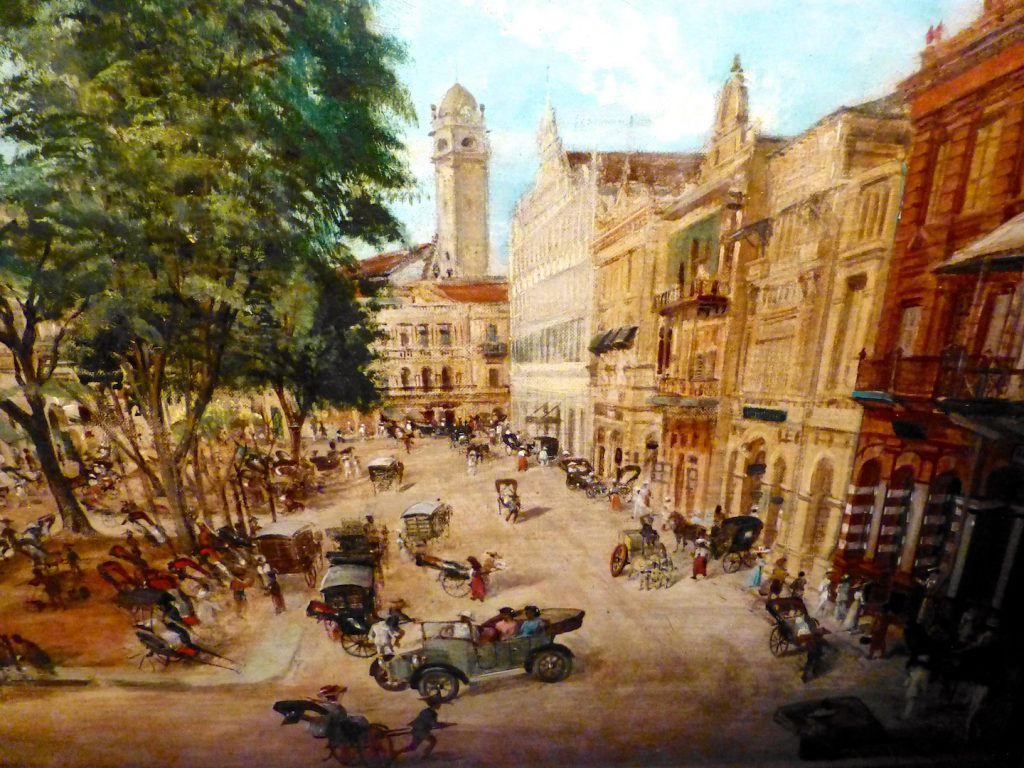Fire in the North XVI
Figures from the Three Years' War
Youthful photograph of future Field Marshal Henrik Andersson (born 1708). The son of an up-time military officer and a down-time noblewoman, he would join the military at a young age, gaining a commission as an officer in the Life Regiment Hussars. While he began training as a cavalry officer, he would be one of the first to train on the new steam-tanks, and would serve commanding a small unit of the vehicles during the Second Russian War. He would distinguish himself from an early stage of his career, managing to use his unit to move ahead of his lines, around a larger Russian force, and strike them from their flanks unexpectedly. This would see his promotion, though it would be noticed at the time that his action was reckless in the extreme and - had one thing gone wrong - could have seen his forces lost.
This style - rapid, often reckless manoeuvre warfare - would characterise his combat style for the rest of the conflict, and saw him rise quite rapidly, gaining a reputation as an innovative commander. By war's end, he had gained the rank of Major at quite a young age, and had secured his position within the military.
By 1750, he had achieved the rank of Colonel, and was part of the Franco-Swedish force deployed to the Canadas. He and the tank forces under his command played a key role in the Battle of the Ottawa River, which saw his star rise considerably. However, his aggressive tendencies nearly saw him get killed and saw his forces suffer losses during an attempted attack into the Pennsylvania Colony which was repelled by British and Colonial forces, together with native auxiliaries. This would cause some friction among the Swedish military command, as despite the recommendations of the senior officers in the field, this loss would be quietly brushed over, with his previous heroism lauded instead - at the time, Sweden's previous losses in the Germanies meant that they were keen to promote victories. In the end, the event would lead to Andersson becoming more measured and careful, and he would work to make amends to the families of those soldiers who had died in Pennsylvania.
Field Marshal
Graf Lothar von Seidlitz of the Royal Prussian Army. Born five years prior to the Displacement, research using up-time archives suggests that in the other world he would have died at age 12, leaving no impact on history whatsoever save for some brief mention in family trees of less-prominent Prussian nobility. However, in this world, he would be greatly intrigued by the Displacement, and would avidly study whatever he could learn about the world Västerås had come from.
He would join the Royal Prussian Army at eighteen, gaining a commission as an officer of Hussars. He would become part of a clique of younger officers who actively drove for the Prussian military to modernise aggressively, to meet what they termed the 'rising forces of a changing world'. Their activism would ultimately reach the ears of the royal court, and would result in von Seidlitz and a number of other young officers being sent to Västerås to pursue university studies in the city. He would avidly observe and record everything that he saw, and would throw himself into his studies, in particular engineering and the sciences. Moreover, while there were aspects of the future city that he disapproved of, he also found a great deal of practical interest.
Upon returning to Prussia, he would - like a number of eager younger officers - switch from horses to the new
Eisenpferd war-machines, and would make his name with them in the Silesian War of 1721-1723. Indeed, so at home with them would he become, that he would ultimately make a number of recommendations as to their possible improvement.
By the time of the Three Years' War, he had managed to attain the rank of full General, and was granted overall command of the Prussian forces sent to invade Hanover. While many Prussian officers had been worried at the prospect of facing the Swedish and the Union of Kalmar, von Seidlitz was of the opinion that the technological advantage possessed by Sweden had made them grow complacent, and devised tactics that would take advantage of this complacency. He was ultimately proven correct, winning a series of victories culminating in the Battle of Lüneberg where he defeated a major combined Kalmar-Hanoverian force, effectively ending resistance within the region and securing Northern Germany for Prussia. For his actions, he was made Field Marshal and given the title Prince of Wahlstatt by King Frederick II himself.
In later life, he would be made Chancellor, where he would work to continue to strengthen the existing ties between the Kingdoms of Prussia and Britain, smoothing the way for the Union under Wilhelm I.
Nagase Samon,
Taishu (Grand Governor) of Luzon, photographed together with his wife Kaede in a relaxed domestic setting. Originally from a minor samurai family in rural Bungo Province, he joined the
Shinsengumi corps in order to attempt to gain greater opportunity for himself and his family. Being willing to adapt to new ways of waging war, as well as proving to be quick to grasp the kind of tactics that new weapons required, he would rise quickly through the ranks of the still-growing
Shinsengumi, gaining status for himself and for his family, leading to an increase in their small domain and to favourable marriages for his younger brother and sister, though he would remain single at the time.
By 1750, he was considered one of the best officers within the
Shinsengumi, and thus was given command of the force the corps committed to the invasion of the Spanish Philippines. He would carry out this duty effectively...and owing to a number of less-than-sound decisions made by the commanders of the forces committed by various lords to the conflict, ended up having effective command over the entire invasion. He would gain sufficient recognition in Edo that the Shogun determined on rewarding him by appointing him governor of Japan's new territory in Luzon. It would also be at this time that Nagase married.
Upon becoming
Taishu, Nagase apportioned Luzon out into multiple
han, which he awarded primarily to retiring
Shinsengumi, former
ronin or minor samurai like his family had been, thus leading to 'new men' being highly influential in the governance of the territory...new men who would owe their preferment to him, not to any of the
daimyo on the Home Islands. He also would establish a permanent militia force from among both ethnic Japanese peasantry and the island's native population, and would work to engage the natives in Japanese rule of the island by elevating certain of their leaders to equivalent status to samurai, engaging in major infrastructural development, and a rough policy of religious toleration. However, he would also act with great vigour against any attempts to disrupt Japanese rule over the island.
He died in 1775, fighting against Malay pirates. His position as
Taishu would be taken up by his son, Benzo.







